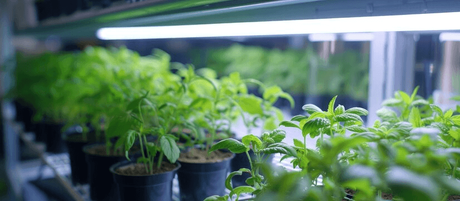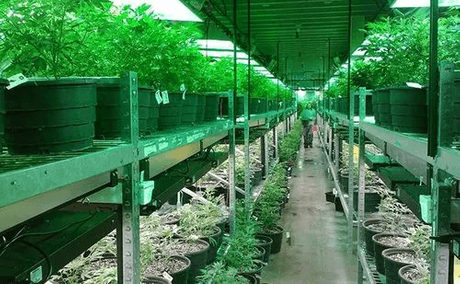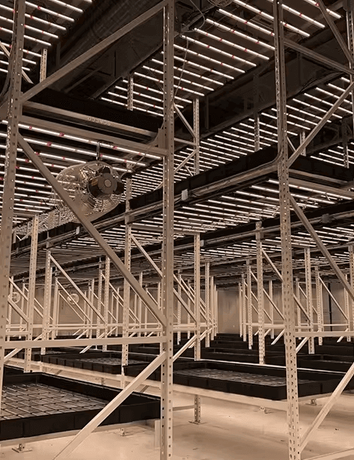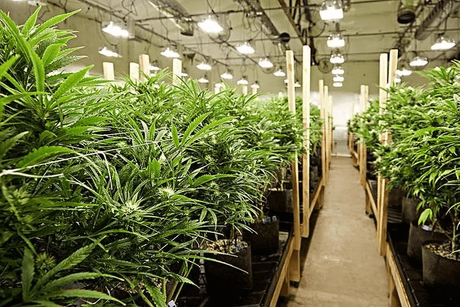Scaling up large-scale indoor vertical farming presents both challenges and opportunities. While the concept offers significant advantages, several factors must be considered when transitioning from small-scale operations to larger commercial facilities. Here are some key challenges and opportunities associated with scaling up:
Capital investment: Scaling up vertical farming requires a substantial initial investment. The costs associated with constructing or retrofitting a large facility, acquiring advanced equipment, and implementing automation systems can be significant. However, as the industry grows and technology advances, economies of scale and improved efficiencies can lead to cost reductions over time.
Energy consumption: Large-scale vertical farms rely heavily on artificial lighting, climate control systems, and other energy-intensive equipment. Managing energy consumption becomes increasingly important as the size of the facility expands. Implementing energy-efficient technologies, such as LED lighting and intelligent climate control systems, can help mitigate energy costs and reduce the environmental impact.
Technological advancements: Scaling up provides opportunities to leverage advanced technologies and automation systems. Automated nutrient delivery, monitoring systems, robotics, and data analytics can optimize resource utilization, improve crop management, and streamline operations. Investing in research and development to enhance these technologies is crucial for maximizing efficiency and profitability.
Supply chain and distribution: Establishing an efficient supply chain is vital when scaling up vertical farming. Managing logistics, packaging, and distribution networks to ensure timely delivery of fresh produce requires careful planning. Partnerships with local retailers, restaurants, or online platforms can help streamline the distribution process and increase market access.
Crop selection and diversification: Large-scale vertical farming allows for greater flexibility in crop selection and diversification. It presents an opportunity to cater to specific market demands and preferences. By growing a variety of crops, farms can better optimize production cycles and achieve a more stable revenue stream.
Skilled labor and workforce management: s vertical farms expand, managing a larger workforce and ensuring skilled labor becomes crucial. Hiring and training employees with expertise in vertical farming techniques, equipment operation, and crop management is essential. Implementing efficient labor management practices, such as shift scheduling and performance monitoring, can optimize productivity and reduce operational costs.
Regulations and standards: As vertical farming becomes more prevalent, regulations and standards specific to indoor farming may evolve. Compliance with food safety regulations, labeling requirements, and quality control measures will be essential for commercial success. Staying informed about changing regulations and actively participating in industry discussions can help shape favorable policies and ensure compliance.
Market demand and consumer perception: Scaling up vertical farming requires careful market analysis and understanding of consumer preferences. Assessing market demand, identifying niche opportunities, and establishing partnerships with retailers and food service providers are crucial for market penetration. Educating consumers about the benefits of vertical farming, including sustainability, freshness, and quality, can help create market demand and shape consumer perception.
In summary, scaling up large-scale indoor vertical farming brings both challenges and opportunities. Capital investment, energy consumption, technology adoption, supply chain management, workforce training, regulations, and market demand are key areas that require attention. Overcoming these challenges and capitalizing on the opportunities can lead to increased production capacity, improved profitability, and a more sustainable and resilient food system.
 English
English








